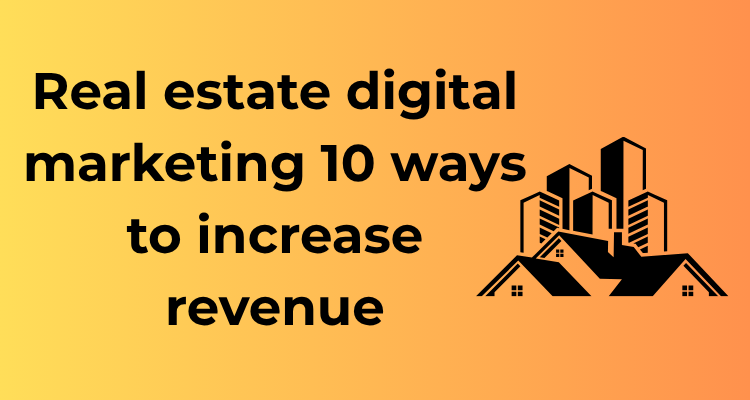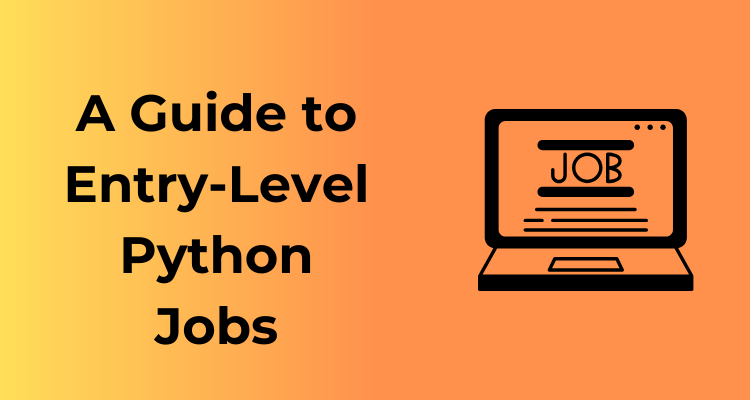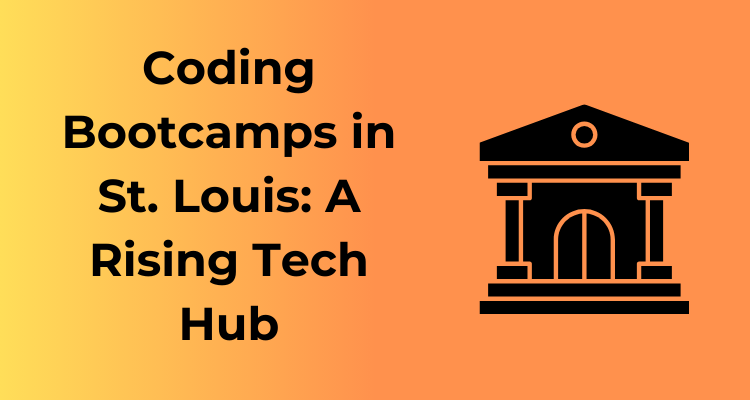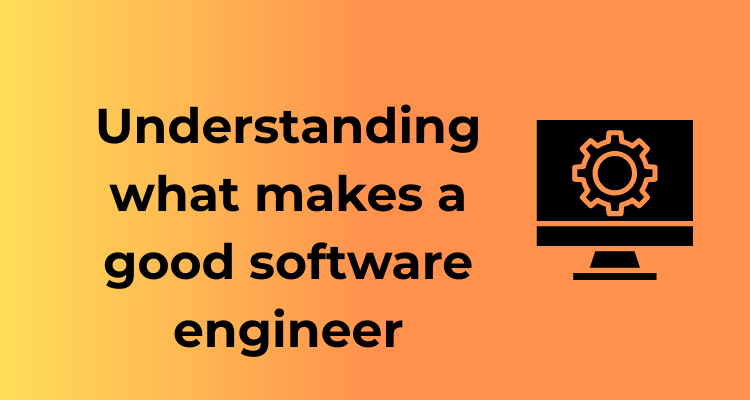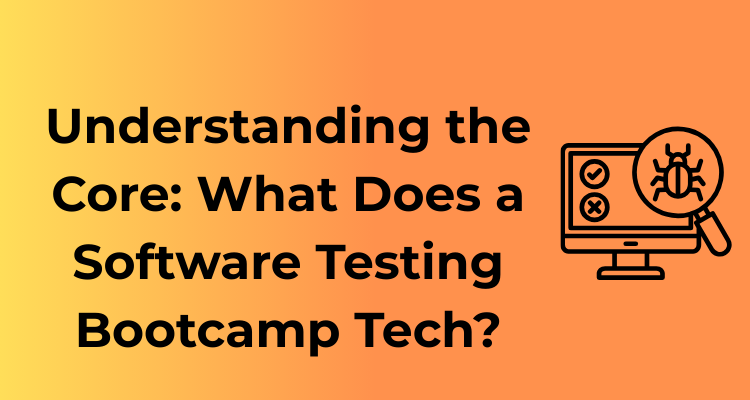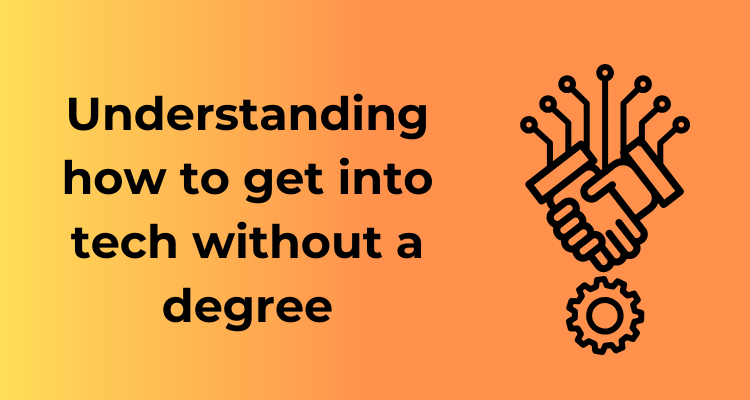In today’s competitive market, digital marketing is essential for real estate success. This blog explores 10 effective strategies to increase revenue, attract more clients, and build a strong online presence for sustained business growth.

1. Focus on Hyper-Local Content Strategies
When it comes to real estate, the classic adage “location, location, location” has never been truer. But in the world of digital marketing, there’s another word to live by: hyper-local. Having ultra-focused, community-specific content is hands down one of the smartest strategies to stand out in a competitive market and connect with potential buyers or renters. Let’s break down why it works and how you can get started.
What Is Hyper-Local Content?
Hyper-local content zeroes in on a specific neighborhood, suburb, or even street. It’s an opportunity to establish yourself as the go-to expert for a particular area. Think about the questions potential clients might Google: “Best school districts in [city],” “Top neighborhoods for families near [landmark],” or “New listings in [community].” When you create content that addresses these specifics, you attract exactly the audience who is ready—and excited—to dive into their real estate journey.
How to Implement Hyper-Local Strategies
Diving into hyper-local content doesn’t have to be overwhelming. Here are some actionable tips to get started:
- Create Community Guides: Write blog posts or design PDF guides covering everything from the best restaurants, parks, and local events to insights about zoning laws—or even hidden gems that only locals know about.
- Spotlight Neighborhood News: Did a cute new bakery open downtown? Is there a local festival coming up? Sharing updates like this through your blog, social media, or newsletter builds credibility and keeps your audience engaged.
- Focus on Hyper-Local Keywords: Optimize all your web content with search phrases people in your target neighborhood actively type. Specificity is your best friend. Example keywords: “pet-friendly condos in [neighborhood]” or “best brunch spots in [town].”
Why Hyper-Local Content Really Works
This strategy works because it taps into something deeper than just square footage or mortgage rates—it taps into people’s emotions and personal connection to a place. When you show detailed knowledge of an area, you give people confidence that you’re the expert they can trust. What’s more, hyper-local content appeals to smaller, more manageable audiences. When your audience feels like you’re speaking directly to their needs, they’ll be more likely to reach out. Win-win!
Don’t Forget Hyper-Local Visuals
Your words are critical, but so is your imagery. Make sure your content showcases clear, authentic photos or videos that highlight the unique vibe of the area. Bonus points if you can include famous landmarks, charming streets, or vibrant happenings. Did you just list a home near a park where kids love to play? Snap a couple of shots or short clips of families enjoying the outdoors and post them in context. These personal touches help potential buyers or renters visualize their new lifestyle.
2.Targeting Micro Audiences Through Paid Campaigns
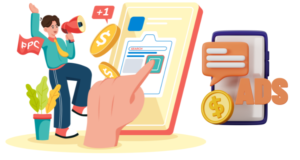
In the world of real estate, not everyone is seeking the same property, location, or even lifestyle. That’s why smart marketers know the power of targeting micro-audiences through paid campaigns. By narrowing your focus and speaking directly to very specific audience segments, you can spark genuine interest and boost your ROI. Let’s dive in and explore how you can do this effectively!
Why Target Micro Audiences?
Mass advertising might seem tempting, but it often lacks the personal touch that today’s consumers crave. Real estate is an emotional and personal decision, so catering to smaller, defined groups can make all the difference. By targeting micro-audiences, you can:
- Deliver highly relevant ad content: Showcase properties or services that directly match their interests.
- Save money: Avoid wasting ad spend on audiences unlikely to engage with or need your services.
- Produce higher-quality leads: Reach people who are much more likely to take the next step.
Steps to Effectively Target Micro Audiences
-
- Define Your Personas
Start by breaking down your audience into specific buyer personas. Consider demographics like age, income, family status, and location. For example, you might target first-time homebuyers in their 30s or retirees seeking a luxury condo in a specific ZIP code.
-
- Use Platform-Specific Targeting
Platforms like Facebook, Google Ads, and LinkedIn offer fantastic tools for laser-focused campaigns. Set criteria such as interests (e.g., “architecture” or “luxury travel”), location radius, or even job titles if that’s relevant for your market. Have a niche property? Narrow it down even more to convert curiosity into clicks.
-
- Create Tailored Ad Copy
Your messaging matters! Craft copy that speaks directly to the audience segment you’re targeting. Are you marketing a high-rise apartment to millennials? Use casual, fun language. Promoting suburban family homes? Highlight proximity to schools and the backyard space!
-
- Leverage A/B Testing
A/B testing is your friend when it comes to paid campaigns. Experiment with different headlines, visuals, and CTAs (call-to-actions) to see what resonates most with each group. You’d be surprised how changing one word can impact your results.
-
- Monitor and Adjust
No campaign is perfect from the get-go. Track data religiously – monitor clicks, conversions, and engagement levels. Use insights to optimize and refine your campaigns over time. What works for one micro audience may not work for another!
Pro Tips for Success
Here are some advanced tips to really supercharge your efforts:
- Geotargeting: For real estate, location is everything. Use geotargeting features to ensure your ads reach people in specific neighborhoods or cities.
- Retargeting: Not everyone will convert on the first click. Retarget users who visited your site or clicked your ad but didn’t take immediate action.
- Highlight Benefits: Instead of just listing features, emphasize how a specific property or service solves their unique problems – “Escape noisy city life with this peaceful suburban retreat!”
3.Mastering Video Tours for Virtual Showcases

Let’s face it—real estate has undergone a striking digital transformation. Buyers and renters are no longer only scouring newspapers or physically visiting properties to make decisions. Enter: video tours. These innovations have become essential tools to help agents and brokers connect with prospective clients across the globe, and it’s time for you to master them like a pro.
Why Videos? The Undeniable Impact
Did you know that property listings with video receive 400% more inquiries than those without? That’s a staggering figure and a clear indication of the influence video marketing holds. In a visually driven world, buyers crave authenticity, detail, and convenience—and video tours deliver all three. They provide a better sense of the property layout, lighting, and overall vibe that photos alone can’t quite capture. Most importantly, they allow clients to “virtually” step inside a property without leaving the comfort of their couch.
Best Practices for Creating Engaging Video Tours
Not all video tours are created equal, and putting together a seamless showcase requires just the right touch. Here’s how you can strike the perfect balance:
- Keep it professional, but personable: A polished video doesn’t have to feel robotic. You can include voiceovers or captions that highlight key selling points, but maintain a warm and friendly tone. You’re not just showcasing a property; you’re starting a connection.
- Invest in the right tools: Smartphone cameras have come a long way, but consider using a gimbal to stabilize your shots or a 360-degree camera for immersive virtual tours. Bonus points if you add in some great lighting!
- Showcase the lifestyle: Paint a picture of life in the space. Highlight cozy reading nooks, entertaining areas, or even the natural light flooding through the kitchen windows during golden hour. Emphasize how a buyer will feel in the home, not just what they’re looking at.
Platforms to Maximize Your Reach
Having a polished video tour is only half the battle. To get the most out of your effort, put it where your audience is. Don’t just upload a video to your website and call it a day; you need to distribute wisely:
- Social Media: Platforms like Instagram Reels and TikTok thrive on short, aesthetically pleasing content. Tease snippets of the tour paired with catchy captions to drive people toward exploring the full property.
- YouTube: Longer, detailed tours work perfectly here. Organize your listings under playlists tailored to demographics (e.g., luxury homes, starter family homes).
- Email Campaigns: Embed videos in your newsletters to directly reach subscribed clients. Personalize it with messaging like, “We thought you’d love this one!”
Don’t Forget Accessibility Features
Ensure your video tours are accessible to everyone. Add captions, descriptive audio for visually impaired users, and minimize fast-moving effects. Accessibility not only broadens your audience but also builds trust and inclusivity in your brand.
4. Leveraging Real-Time Chat Bots for Leads
Let’s face it: we live in an on-demand world. People want instant answers, and in the fast-paced world of real estate, every second counts. Imagine this: a potential buyer is browsing your website at midnight, sees a property they love, but has a quick question. Are you going to wait until the next day to reply? Or, even worse, risk losing that lead because they’ve moved on to someone else? That’s where real-time chat bots come swooping in to save the day!
What Exactly Are Real-Time Chat Bots?
In the simplest terms, a chat bot is an automated system designed to have conversations with users. These handy digital assistants reside on your website or real estate platforms and can answer frequently asked questions, schedule viewings, provide property details, and even help direct leads to specific agents—all in real-time.
The secret sauce? Chat bots don’t sleep, eat, or take holidays. They are there 24/7, tirelessly engaging with your site visitors when you or your team cannot. Brilliant, right?
Why Are Chat Bots a Game Changer for Real Estate?
Now before you start thinking, “Robots in real estate?! Is this sci-fi or something?” let me reassure you: chat bots aren’t here to replace human connection. Instead, they enhance it. Here’s why they’re your next digital BFF:
- Instant Engagement: Chat bots greet your visitors with a friendly message as soon as they land on your site. Quick responses = happy customers.
- Lead Qualification: By asking the right questions, chat bots can filter high-intent leads from casual browsers. Think of it as a virtual gatekeeper for your sales funnel.
- Streamlined Communication: No back-and-forth emails. Chat bots can book appointments, send updates, and share property listings seamlessly.
Tips for Implementing Chat Bots Effectively
So, you’re sold on the idea of using a chat bot. But let’s make sure you do it the right way. These pointers will have your chat bot running smoothly and winning over leads in no time:
- Make It Personalized: Just because it’s automated doesn’t mean it has to sound robotic. Customize your chat bot’s language to match your brand’s tone and make it feel like a friendly conversation.
- Offer Real Value: Don’t just say, “Hi, how can I help?” Be proactive in your approach. For example, “Hi, are you looking for homes in [City Name]? I can share the latest listings!”
- Integrate Seamlessly: Make sure your chat bot is connected to your CRM so that any inquiries or leads it collects get directly stored for follow-up. No missed connections!
- Human Backup: Sometimes, a bot just won’t cut it for complex questions. Have a system in place where the bot can escalate the chat to a live agent when it’s needed.
5. Utilizing Data Analytics for Personalized Outreach
Let’s talk about data. Yes, data – that magical goldmine of insights that, when put to work, can transform how you connect with potential buyers and sellers in real estate. If you’re not already leveraging data analytics for personalized outreach, it’s time to get cracking. Trust me, this one can work wonders for your conversion rates while saving you precious time (and let’s be real, time is money!).
Why Data Analytics Matters
The sheer amount of information available today allows you to better understand your audience, predict what they’re looking for, and tailor your outreach to meet their exact needs. No more guessing games or “spray-and-pray” methods! Instead, you can make data-driven decisions about:
- Which properties to present to a specific audience segment.
- The best times to reach out for engagement.
- Which types of content resonate most effectively with different client personas.
Steps to Master Data-Driven Outreach
- Gather the Data: Start by collecting information from your website, email campaigns, social media, and customer relationship management (CRM) tools. Metrics like demographics, location, browsing behavior, and past inquiries are the foundation.
- Segment Your Audience: Use this data to group clients into categories such as first-time buyers, luxury home seekers, or investors. This allows you to speak directly to their individual needs.
- Personalize Communication: Customized recommendations (like showing premium listings to affluent buyers or smaller, budget-friendly homes to first-time buyers) can make all the difference. Personalization fosters trust and encourages action!
- Measure & Optimize: Use tools to measure what’s working and what’s not. Analytics platforms can show you engagement rates, responses, and overall ROI – helping you tweak your outreach for even better results.
Tools to Make Your Life Easier
You don’t have to be a math wiz or a tech guru to implement data analytics. There are plenty of accessible tools that can lend a helping hand:
- Google Analytics: A classic powerhouse for understanding website visitor behavior.
- CRM Platforms: Tools like HubSpot or Salesforce let you organize and analyze leads and interactions effortlessly.
- Email Marketing Services: Services like Mailchimp or Constant Contact show you which emails are opened, clicked, and acted upon.
Getting Personal Gets Results
Imagine this: Instead of sending out a generic email blast to all leads (doomed to get lukewarm responses), you send a welcome email to new subscribers featuring homes tailored to their preferences. Or perhaps an investor receives a report showing high potential neighborhoods based on trends you’ve identified from your data. Who wouldn’t be impressed by that?
At the end of the day, personalized outreach is about showing customers that you “get” them. It gives your brand authenticity and builds relationships – a winning combo that drives results in real estate marketing.
6. Enhanced Visibility Through Google My Business Listings
Did you know that optimizing your Google My Business (GMB) listing is like giving your real estate business a prime spot on a digital billboard? Yep, it’s that important! Let’s chat about why your GMB listing is a game changer and how to make the most out of it.
Why Google My Business Matters
First things first – Google is everyone’s go-to for finding pretty much anything, right? If someone nearby searches for a real estate agent or homes for sale, your well-optimized GMB listing could lead them straight to your door. A great GMB profile makes your business more visible on Google Search and Maps, giving you a direct line to potential buyers and sellers in your area.
Here’s the cool part: it’s free! Creating a killer GMB profile doesn’t cost a dime, yet the benefits – from enhanced visibility to better credibility – are priceless.
Your Checklist for GMB Brilliance
Alright, now let’s break down how to make your Google My Business profile irresistible to search engines and potential clients alike. Here’s a step-by-step guide:
- Claim Your Profile: If you haven’t already, claim your GMB listing pronto! It’s like staking your claim on the online map.
- Use Complete and Accurate Information: Enter your name, address, phone number (NAP), and hours of operation. Be consistent here – your business info across the web should match perfectly.
- Pick Relevant Categories: Choose a business category that aligns with your services, such as ‘real estate agent’ or ‘property management.’ This helps Google understand where to classify your business.
- Be Visual: Upload high-quality photos of your office space, team, or featured properties. Include engaging visuals like your logo and cover photo to make a great first impression.
- Encourage Reviews: Strive for glowing reviews from satisfied clients. A 5-star rating goes a long way in building trust and pulling you to the top of local search results.
- Use Keywords Wisely: Sprinkle keywords related to your location and expertise (e.g., “luxury homes in Houston”) naturally within your business description.
- Engage with Q&A: People ask questions right on your GMB profile. Answer promptly to show you’re attentive and professional.
Post Regular Updates
Think of your GMB listing as a living, breathing part of your business. You can post updates, share about open houses, upload property listings, or even promote discounts and special offers. Keeping it fresh keeps people intrigued!
7. Collaborating with Niche Social Media Influencers
If you’re looking to give your real estate business a genuine boost with a modern twist, collaborating with niche social media influencers might just be your secret weapon. The good news is that it’s not as complicated as it may sound, and the results can be well worth the effort. Let me walk you through why this approach is game-changing and how to make it smoothly work for your business.
Why Niche Influencers Matter
In today’s digital-first world, people actively turn to social media to make purchase decisions—including real estate! Social media influencers, especially those focused on specific niches like home decor, real estate, and lifestyle, have built trusted communities. Their followers view them as authentic voices, and that trust can directly translate into leads for your business.
Think about this: a lifestyle vlogger or a home organization influencer might already have an audience of first-time homebuyers or people looking to relocate. By working with such influencers, you can leverage their reach to promote your services or listings effectively.
Finding the Right Influencers
Not every influencer is a good fit for your real estate brand—you need to find someone aligned with your audience and values. Here’s how to get started:
- Seek Relevance: Look for influencers within your market area or those who cover topics like real estate, home improvement, interior design, or lifestyle that resonates with prospective buyers or sellers.
- Micro > Macro: Opt for micro-influencers (those with smaller but highly engaged followers) because their audiences are typically more targeted and trust their opinions deeply.
- Engagement, Not Just Followers: An influencer with a smaller but loyal and interactive follower base often generates better results than someone with a large, disengaged audience. Check their comment sections and interaction levels—it’s a great indicator!
Collaborative Campaign Ideas
Once you’ve identified influencers, the next step is collaboration. Here are some creative ways to work with them:
- Virtual Home Tours: Partner with influencers to showcase your listings over Instagram Live or YouTube. Their audiences get an exclusive sneak peek, creating buzz!
- Giveaways: Run contests with influencers where prizes align with home buying or selling incentives, like gift cards for home decor stores.
- Sponsored Posts: Have them share posts or stories highlighting your services or a featured property, ideally with stunning visuals.
- Community Spotlights: Collaborate to create “neighborhood guides” showcasing your market area’s best features, like schools, parks, and dining spots.
Measuring Success
Collaboration isn’t just about getting likes and views—it’s about translating those into results. To ensure your partnership pays off:
- Set Clear Goals: Are you aiming for lead generation, property inquiries, or brand awareness? Define this upfront.
- Track Performance: Use promo codes, UTM links, or unique landing pages to evaluate traffic and conversions from influencer campaigns.

